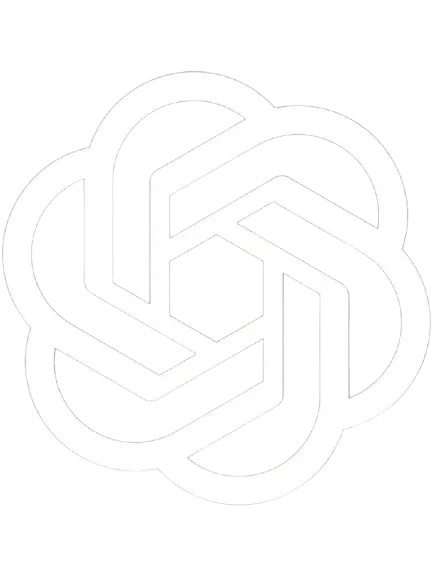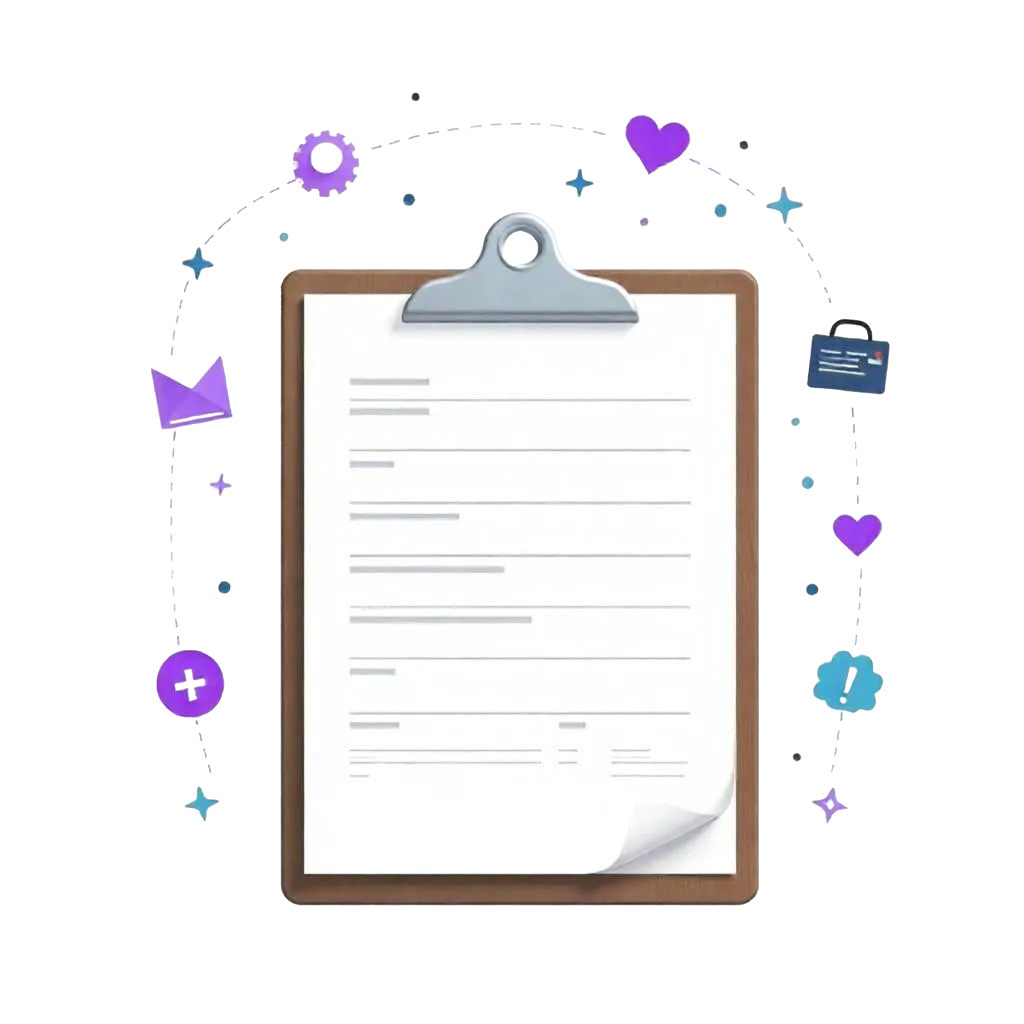In the healthcare industry, accurate documentation is crucial. It ensures clear communication among providers and contributes to quality patient care. One tool that has proven effective in this regard is the SOAP note. But what are SOAP notes? SOAP is an acronym that stands for Subjective, Objective, Assessment, and Plan. SOAP notes provide a structured method for documenting patient encounters, offering a standardized approach to soap charting. However, creating these notes manually can be time-consuming and prone to errors. This is where a SOAP note generator comes in handy.
A SOAP note generator is a digital tool that helps streamline the documentation process. It provides a soap notes template for healthcare providers to fill in, ensuring consistency and comprehensiveness in the notes. In this article, we will delve into the benefits of using a free SOAP note generator. We will also guide you on how to choose the best SOAP notes template creator for your facility and how to implement it effectively. Join us as we explore how this tool can enhance patient care, reduce potential risks, and ultimately improve the quality and accuracy of medical documentation in your facility.
What are SOAP Notes and What is Their Importance?
SOAP notes are a foundational aspect of clinical documentation. They provide a standardized format for recording patient information. The SOAP note format ensures that patient encounters are documented comprehensively, facilitating structured note-taking and clinical reasoning.
The Subjective section captures the patient's own description of symptoms and concerns, including their medical history and chief complaint. This narrative is essential for understanding the patient's experience. The Objective portion includes measurable data like vital signs and physical examination findings. Accurate recording here is crucial for informed decision-making. Assessment involves a professional interpretation of the information gathered. It is where healthcare providers summarize the patient's condition based on the subjective and objective data, often including a differential diagnosis. Finally, the Plan section outlines the proposed course of action. This includes treatments, follow-up appointments, and any additional tests needed.
- Subjective: Patient's symptoms and history of present illness
- Objective: Measurable observations and test results
- Assessment: Provider's diagnosis or conclusions
- Plan: Treatment strategy and next steps
SOAP notes are vital for continuity of care. They allow healthcare teams to understand patient progress over time. They also play a key role in ensuring clear communication among providers, which is critical for effective patient management.
.jpeg)
Role of SOAP Notes in Healthcare Communication
SOAP notes serve as a common language among healthcare professionals. They facilitate effective communication across multidisciplinary teams, including mental health professionals, speech-language pathologists, and other specialists. By structuring patient information consistently, SOAP notes ensure every provider understands the patient's status. This reduces misunderstandings that could impact care.
Clarity is essential in fast-paced healthcare environments. SOAP notes offer precise and concise records, minimizing interpretation errors. Moreover, they are pivotal during patient handoffs. Consistent documentation helps new providers quickly grasp a patient's history and current needs. SOAP notes also support collaboration. They allow teams to build on each other's insights, fostering a more comprehensive approach to patient care.
Legal and Patient Care Implications of SOAP Notes
Proper documentation can be a crucial factor in legal proceedings. SOAP notes provide a clear, chronological account of the patient's care. They detail the rationale behind clinical decisions, including diagnostic assessments and therapeutic goals. This can protect healthcare providers in cases of malpractice claims. On the patient care side, SOAP notes contribute to accurate and complete health records. This accuracy supports better diagnosis and treatment plans.
Thorough documentation can improve patient trust and satisfaction. Patients feel assured their concerns and symptoms are systematically recorded. Well-documented SOAP notes also streamline care transitions. For instance, when a patient sees a new specialist, complete notes prevent redundant tests and ensure continuity of care.
Overcoming Documentation Challenges with a SOAP Note Generator
Healthcare administrators face multiple challenges in maintaining consistent medical documentation. Manual documentation is often time-consuming and error-prone. A SOAP note generator can address many of these challenges. Digital tools streamline the process, reducing the chances of errors and omissions. Moreover, standardized templates ensure consistency across different providers. This leads to improved communication and understanding within the team.
Free SOAP note generators offer cost-effective solutions. These tools can save facilities resources while enhancing the quality of documentation. Using a generator, healthcare staff can quickly input patient data. It also allows for easy retrieval and sharing of information when needed.
Consider these benefits of a SOAP note generator:
- Reduces manual errors in documentation
- Saves time for healthcare providers
- Enhances uniformity and comprehensiveness in patient records
- Facilitates easy updating and tracking of patient progress
By implementing such digital tools, facilities can streamline their workflow. In turn, this aids in reducing burnout among staff, allowing for more patient-focused care.
Advantages of SOAP Notes
Integrating SOAP notes in your PT practice is an essential step towards better patient management and streamlining workflows without frequent burnout. A few reasons why you should switch to SOAP notes if you haven't already are-
- Structured Format: SOAP notes provide a clear and consistent structure that aids healthcare professionals in documenting patient information methodically. This SOAP note format enhances clarity and reduces the chances of miscommunication.
- Improved Communication: The standardized SOAP note format facilitates effective communication among healthcare providers. Different team members can quickly understand the patient's situation based on the organized sections of the SOAP note.
- Enhanced Patient Care: By systematically documenting patient interactions, SOAP notes help ensure that no vital information is overlooked. This comprehensive approach supports better patient management and improves overall health outcomes.
- Facilitation of Clinical Decision Making: SOAP notes consolidate subjective and objective information, enabling healthcare providers to make well-informed clinical decisions. This leads to more accurate diagnoses and tailored treatment plans.
- Educational Tool: For medical students and new practitioners, SOAP notes serve as a valuable learning tool. They help in developing skills in clinical reasoning, documentation, and understanding patient care processes.
- Legal Protection: Well-documented SOAP notes can provide legal protection for healthcare providers. In the case of disputes or audits, these records serve as evidence of the care provided and the decision-making process involved.
Key Features of an Effective Free SOAP Note Generator
A reliable SOAP note generator should have essential features to meet healthcare needs. These features should enhance the documentation process without overwhelming users. Firstly, user-friendliness is critical. Easy navigation ensures that all staff can effectively use the tool, regardless of their tech skills. Integration capabilities are also vital. The generator should seamlessly work with existing electronic health record (EHR) systems, promoting efficient data flow.
Customizable templates are a key feature. They allow facilities to tailor notes to specific clinical scenarios, meeting diverse needs. For instance, a physical exam template or a review of systems template can be invaluable for different specialties. Privacy and security features cannot be overlooked. The generator must be HIPAA-compliant to protect patient data. Additionally, it's beneficial for the generator to have mobile compatibility. This ensures notes can be updated on the go, enhancing flexibility.
Here are key features to look for:
- User-friendly interface
- EHR integration
- Customizable SOAP note templates
- Compliance with privacy regulations
- Mobile device compatibility
Finally, regular updates and customer support are important. They ensure the tool remains effective and any issues are promptly addressed. By focusing on these features, healthcare facilities can significantly impact documentation quality and efficiency.
Manual vs. Digital: The Advantages of Using a SOAP Note Generator
Switching from manual to digital SOAP note creation offers numerous benefits. A SOAP note generator streamlines the documentation process, significantly reducing time spent on paperwork. The accuracy of digital notes surpasses manual entries. Automated prompts ensure that important details are not overlooked, minimizing errors. This accuracy directly contributes to improved patient care.
Digital notes are also easier to store and retrieve. Unlike paper records, which can be lost or damaged, digital notes provide secure storage and quick access to patient information. This accessibility facilitates better communication among healthcare providers. Furthermore, a SOAP note generator simplifies the process of updating and sharing information. Integration with electronic health records ensures that all relevant data is current and easily accessible, supporting ongoing patient management.
Lastly, utilizing a digital tool enhances compliance with documentation standards and legal requirements. This can help avoid potential legal pitfalls associated with inadequate or incorrect documentation. For example, a mental health SOAP note template or a therapy SOAP note example can be easily accessed and replicated, ensuring consistency across different practitioners.
Implementing a Free SOAP Note Generator in Your Facility
Introducing a free SOAP note generator in your healthcare facility can transform your documentation practices. First, evaluate your current workflow and identify documentation pain points. This evaluation helps determine how a SOAP note generator can best address these challenges. Stakeholder involvement is essential. Engage healthcare providers, administrators, and IT staff in the selection process. Their input ensures that the chosen tool meets diverse needs and integrates seamlessly with existing systems.
Before full implementation, conduct a trial period with a smaller group. This pilot test helps identify any issues and allows for necessary adjustments. Additionally, it provides feedback from actual users, refining the process before broader rollout. Develop a comprehensive training program for all staff. Training should cover software usage, troubleshooting, and integration with other systems. Well-prepared staff are crucial for smooth implementation.
Ongoing support is vital. Ensure that technical assistance is readily available to address any software or integration concerns. Continuous support helps maintain confidence and encourages continued use of the generator.
Consider the following strategies for successful implementation:
- Conduct thorough workflow analysis.
- Engage stakeholders from various departments.
- Run a pilot test for initial feedback.
- Provide extensive training for all staff.
- Establish ongoing technical support.
Implementing a SOAP note generator thoughtfully enhances documentation efficiency, ultimately improving patient care outcomes.
Why SPRY PT is the Best Free SOAP Note Software
Despite following best practices, PTs face numerous challenges in documenting records over time. These include time constraints, strict adherence to documentation standards, using precise language, staying updated with EMR systems, ensuring error-free notes, navigating legal requirements, and maintaining a consistent documentation style.
PT documentation software is designed to simplify the process and can be invaluable in overcoming these challenges, allowing therapists to focus on more important tasks and improving overall efficiency.
SPRY stands out by simplifying, automating, and enhancing the documentation process. Its innovative solution saves therapists time, reduces errors, protects cash flow and billing, and boosts compliance.
With SPRY, occupational and physical therapists have experienced a remarkable 30-40% reduction in SOAP note creation time.
Isn’t that impressive?
Try it out here today!
Training and Compliance: Maximizing the Benefits of SOAP Note Templates
Training is crucial for maximizing the benefits of SOAP note templates in your facility. Effective training ensures that all staff members can use the templates proficiently, reducing documentation errors and enhancing workflow efficiency. Comprehensive training sessions should focus on both the functionality of the SOAP note generator and the clinical importance of accurate documentation.
Additionally, involve experienced staff to share insights and best practices. Peer-led sessions can foster a supportive learning environment and encourage open communication among team members. Compliance with documentation standards is another key aspect. Ensure that your training materials align with legal and professional requirements. This alignment not only promotes high-quality documentation but also protects the facility from potential legal risks associated with poor record-keeping.
Regular audits of SOAP note entries can help maintain compliance over time. These audits should assess both template completion and adherence to clinical guidelines. Feedback from these audits can guide further training needs and documentation improvements. By prioritizing thorough training and compliance checks, you can maximize the effectiveness of SOAP note templates in enhancing patient care and ensuring regulatory adherence.
Evaluating and Choosing the Right Free SOAP Note Generator
Selecting the right SOAP note generator is crucial for your facility's success. Begin by evaluating the specific needs of your healthcare team. Consider the types of patients you serve and the specialties within your facility to ensure the tool fits diverse clinical scenarios. When evaluating your options, prioritize user-friendliness. The generator should be intuitive for staff of varying technical skills. A complicated interface could lead to resistance and underutilization.
Security is another critical factor. Ensure the generator complies with data protection regulations like HIPAA. Patient information should remain confidential, and the generator must offer secure data encryption. Before deciding, test the interoperability of the SOAP note generator with existing systems. The ability to integrate with EHR systems streamlines data flow and improves efficiency. This will reduce the risk of data silos and enhance care coordination across teams.
Consider the following criteria when making your choice:
- User-Friendliness: Easy navigation and simple commands.
- Security: Data encryption and compliance with regulations.
- Interoperability: Seamless integration with EHR systems.
- Customization: Ability to tailor templates to various specialties.
- Vendor Support: Availability of technical support and resources.
By carefully assessing each option against these criteria, you can select a SOAP note generator that aligns with your facility's needs and enhances documentation practices.
Conclusion: Enhancing Documentation for Better Patient Outcomes
Implementing a SOAP note generator can transform the way your facility documents patient care. It enhances accuracy and consistency in clinical records, including progress notes and treatment plans. This improvement directly impacts patient outcomes by ensuring all providers have access to comprehensive and up-to-date information.
Choosing the right tool requires careful consideration of your facility's unique needs. Look for user-friendly features and ensure the generator integrates well with existing systems. Doing so will maximize its effectiveness and acceptance among your staff. Ultimately, improving documentation practices is a step toward better healthcare delivery. Investing in the right SOAP note generator helps achieve this, leading to improved communication, streamlined workflows, and enhanced patient satisfaction.
Whether you're dealing with anxiety disorders, providing vocal therapy, or conducting a normal physical exam, a well-implemented SOAP note generator can significantly improve your clinical documentation process. By embracing this technology, healthcare providers can focus more on patient care while maintaining thorough and accurate records.
Reduce costs and improve your reimbursement rate with a modern, all-in-one clinic management software.
Get a DemoLegal Disclosure:- Comparative information presented reflects our records as of Nov 2025. Product features, pricing, and availability for both our products and competitors' offerings may change over time. Statements about competitors are based on publicly available information, market research, and customer feedback; supporting documentation and sources are available upon request. Performance metrics and customer outcomes represent reported experiences that may vary based on facility configuration, existing workflows, staff adoption, and payer mix. We recommend conducting your own due diligence and verifying current features, pricing, and capabilities directly with each vendor when making software evaluation decisions. This content is for informational purposes only and does not constitute legal, financial, or business advice.




